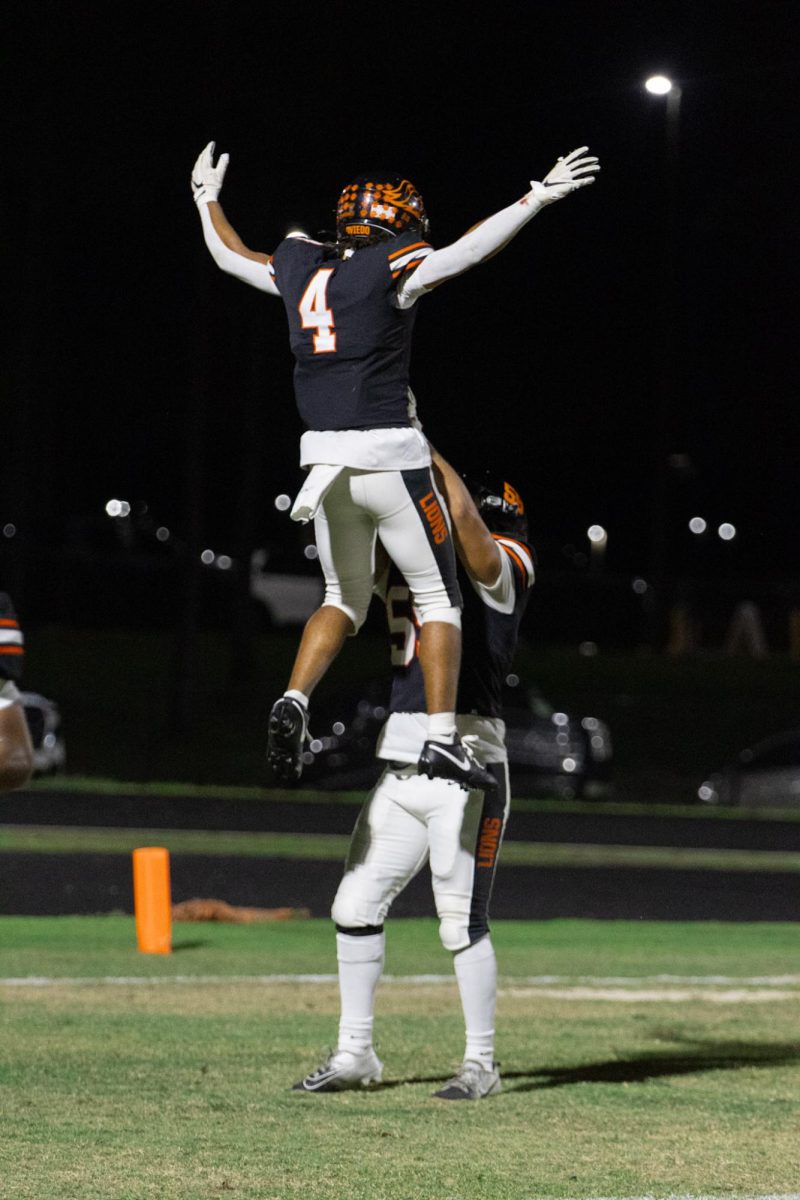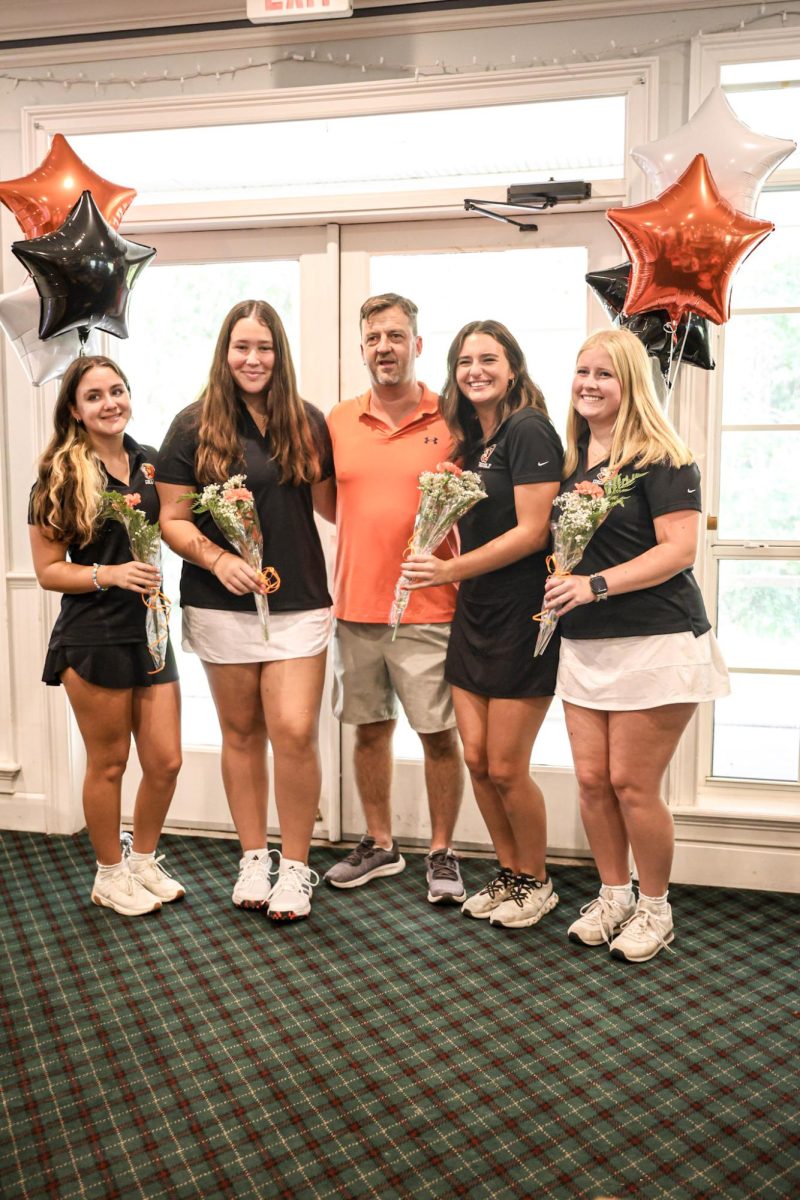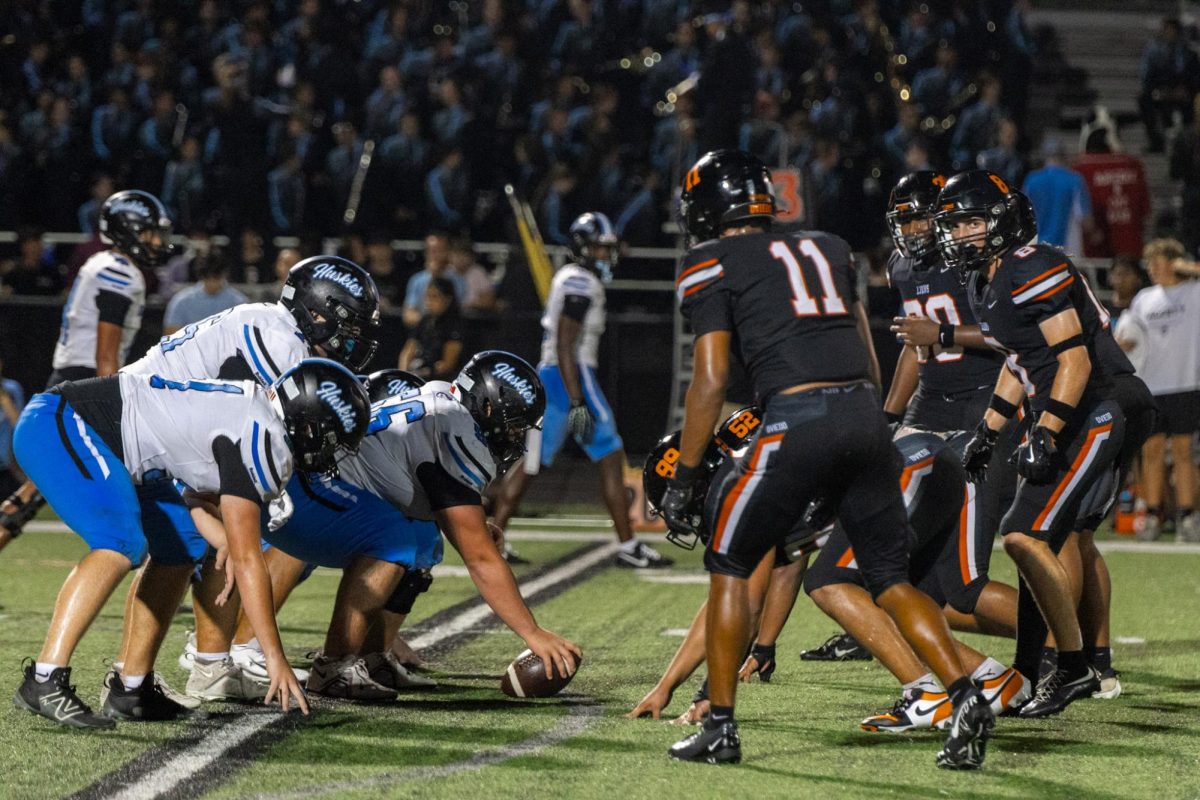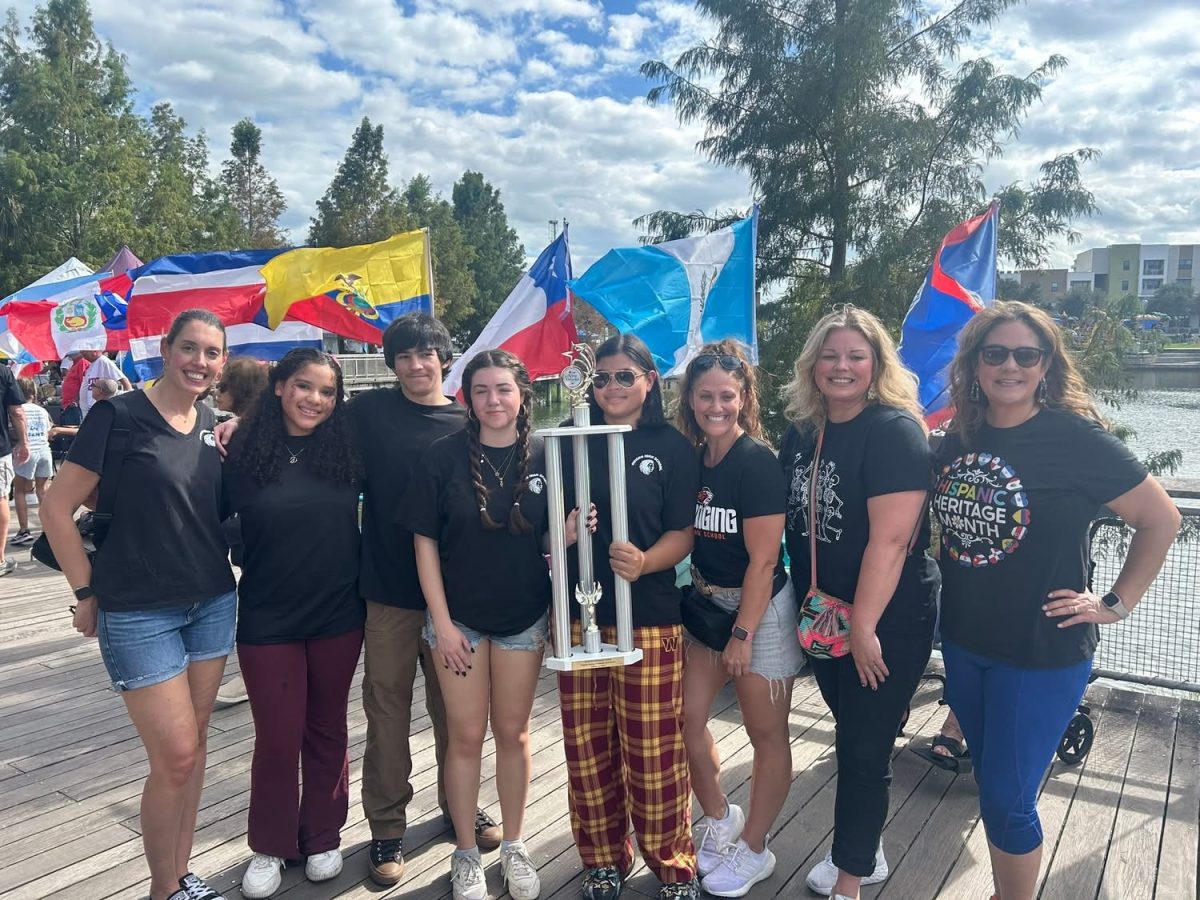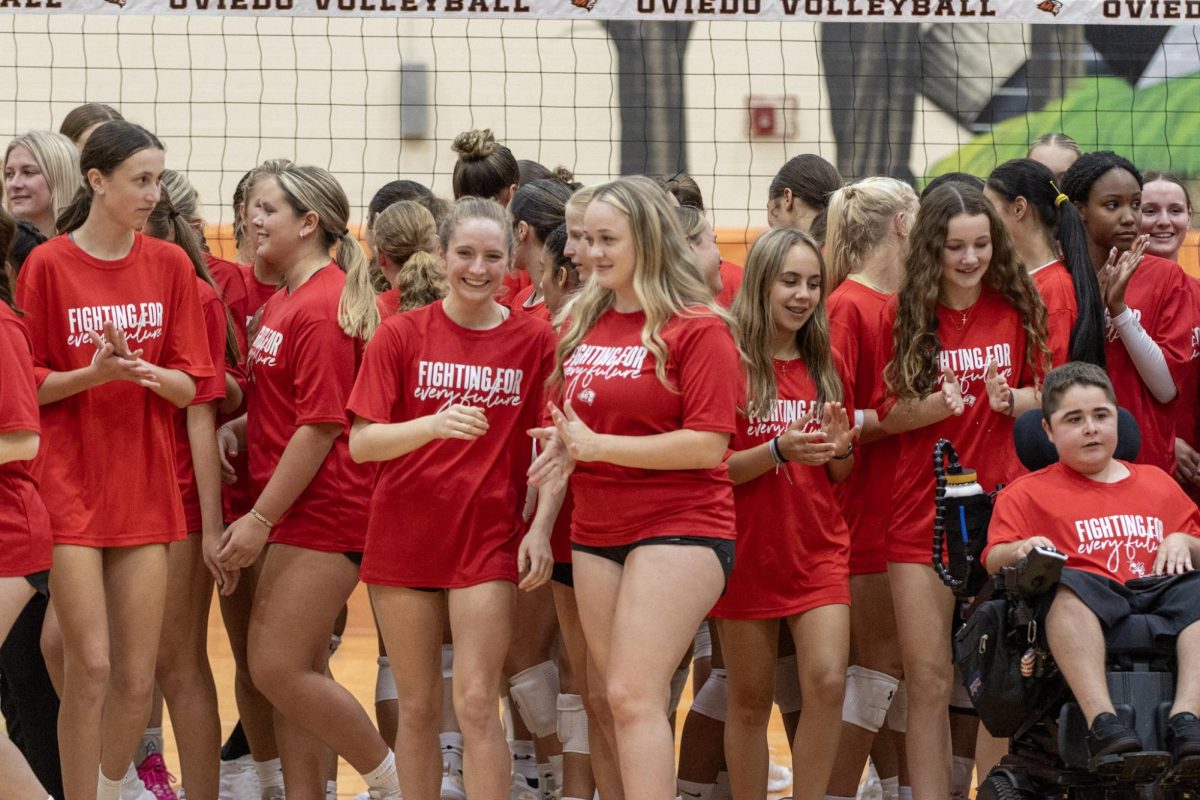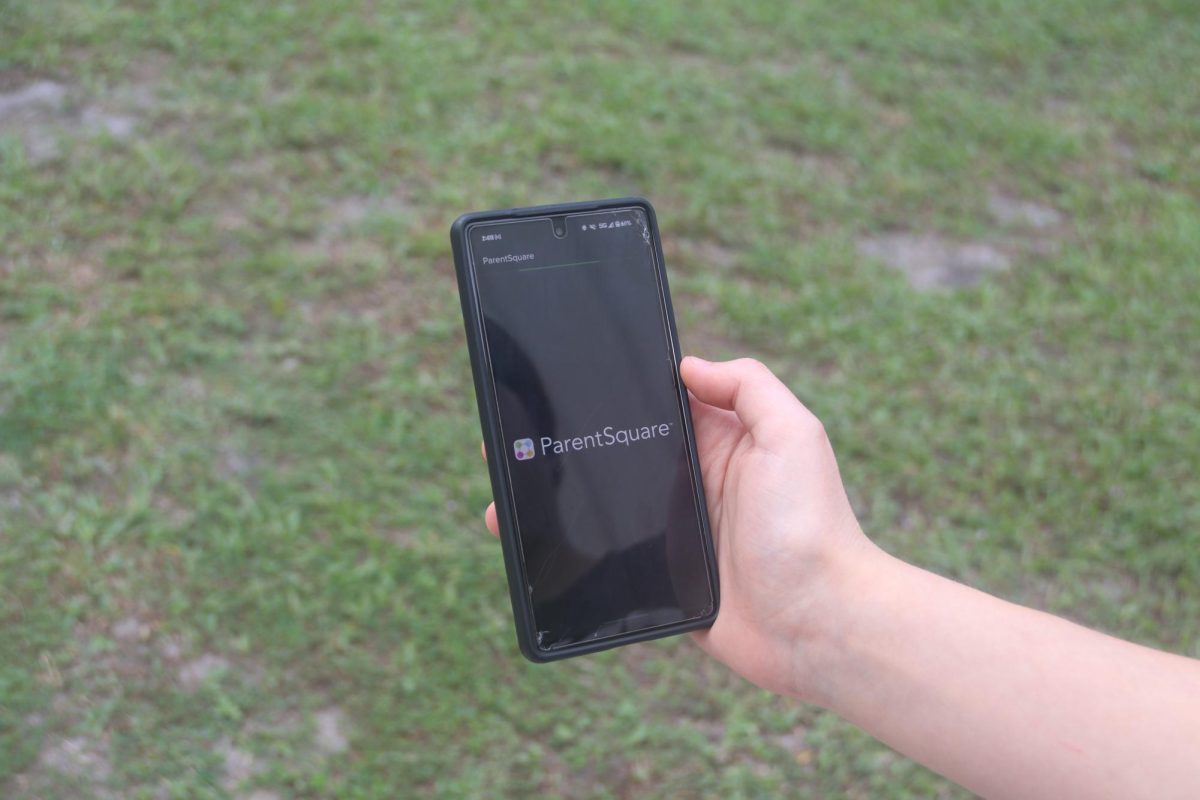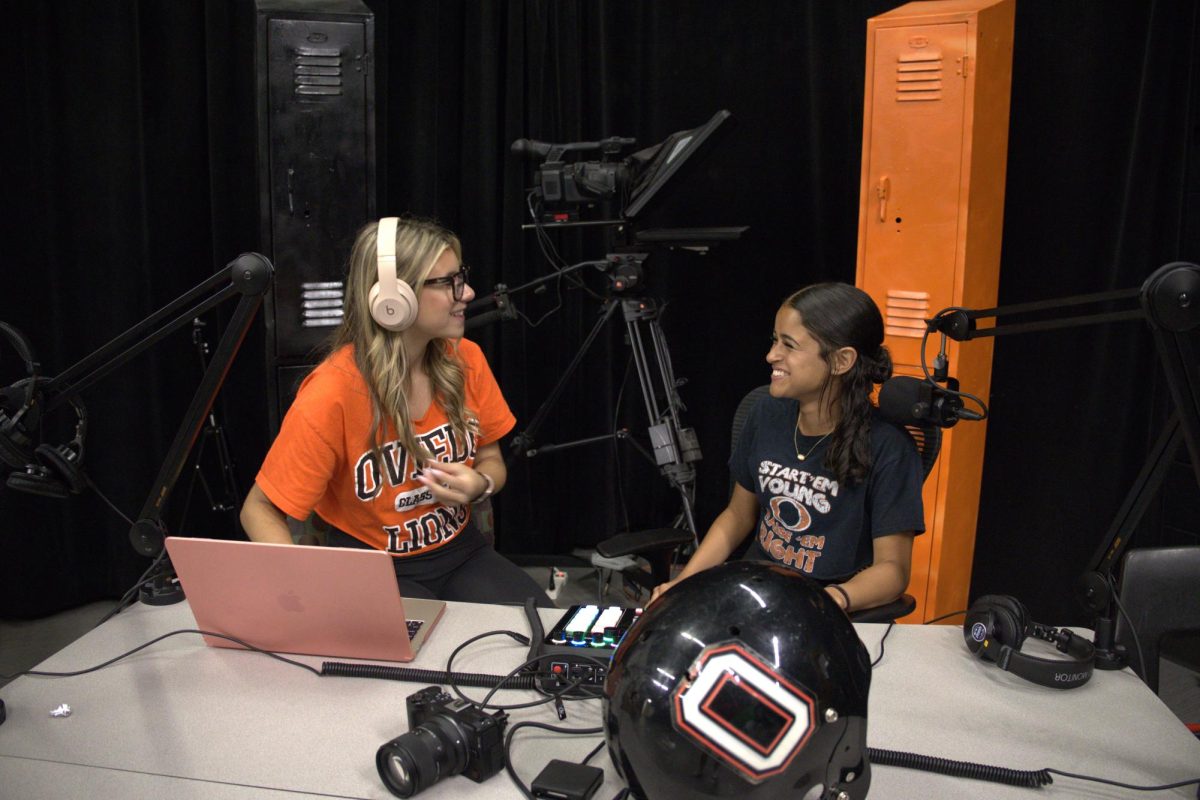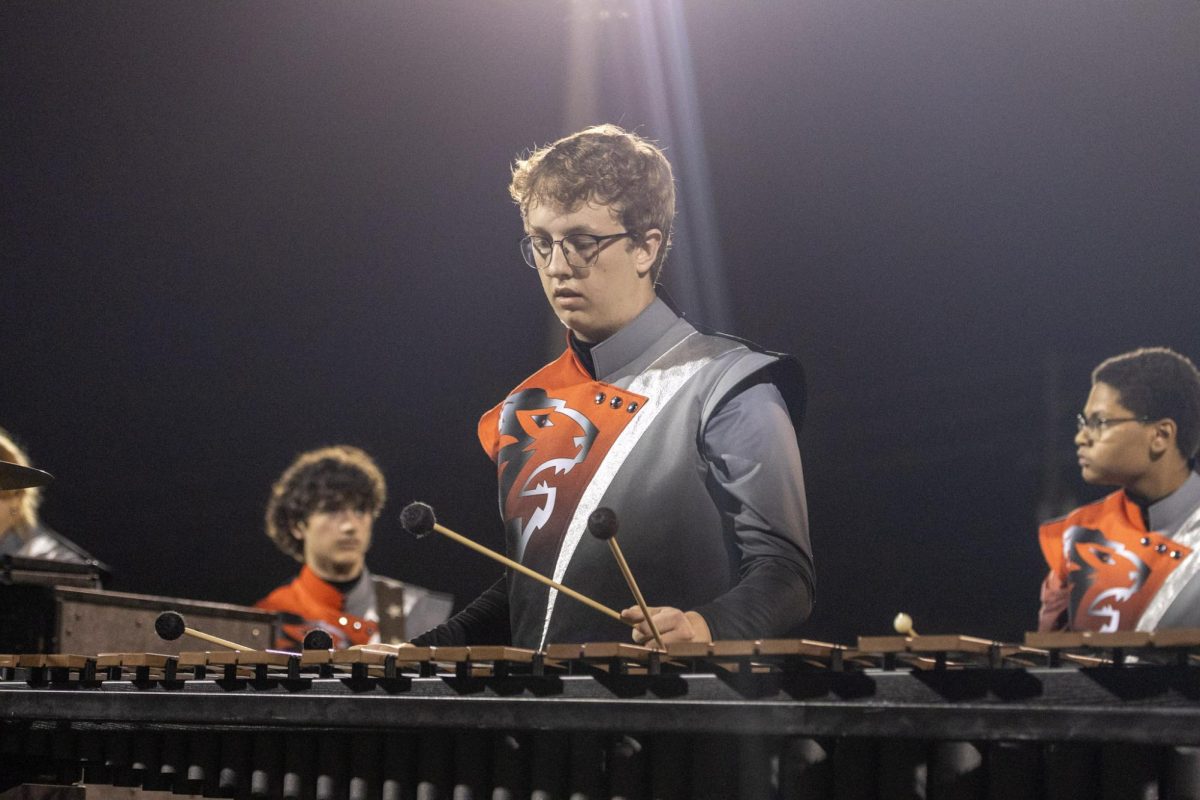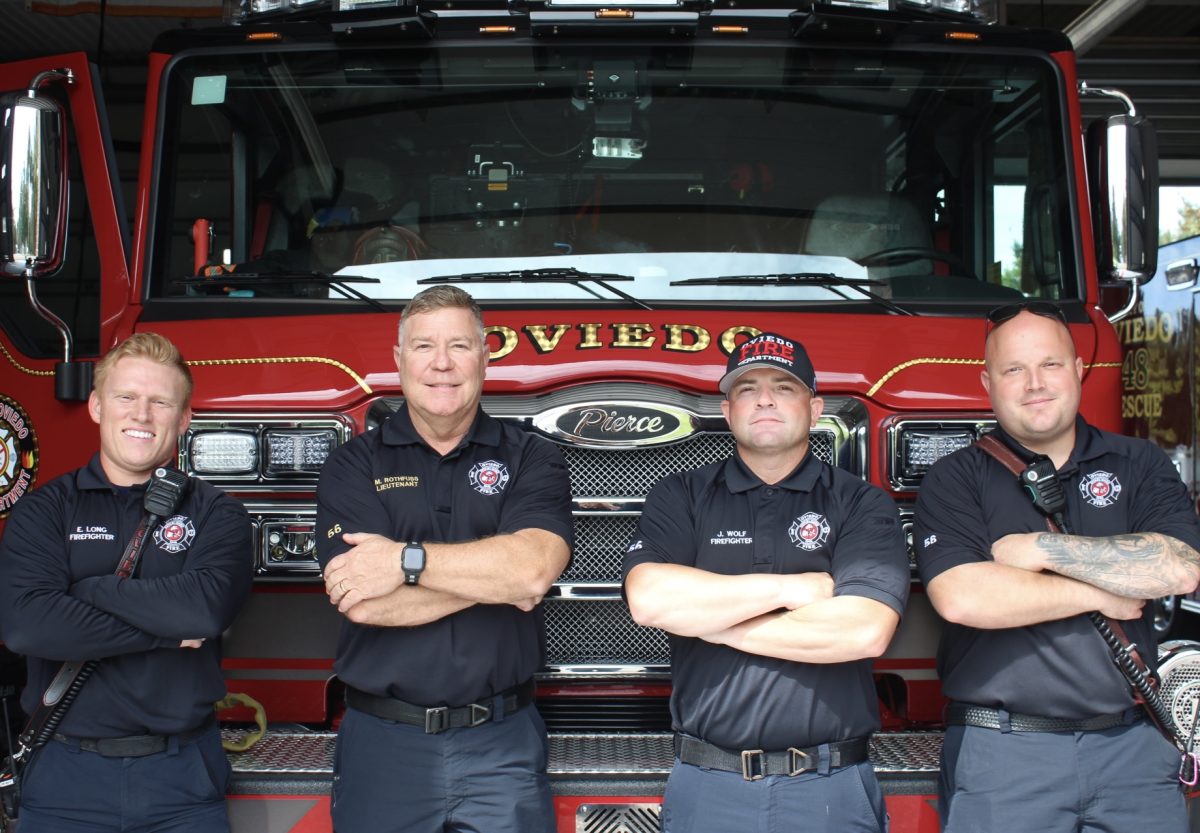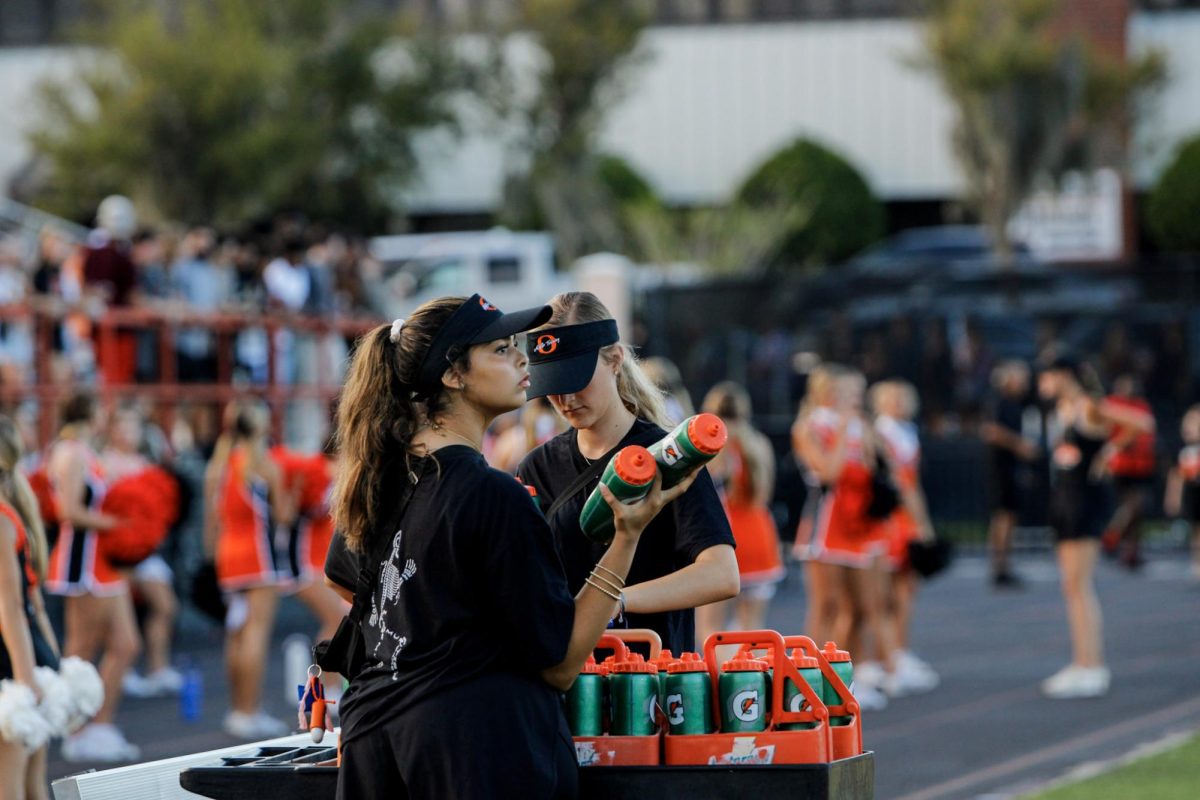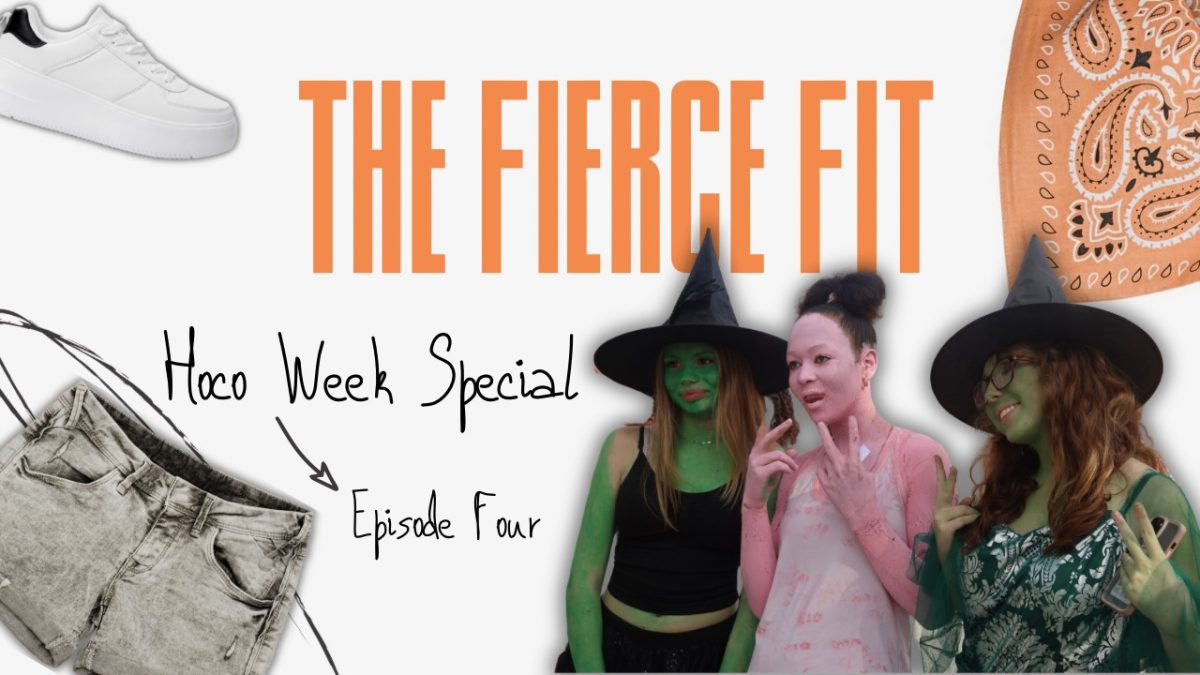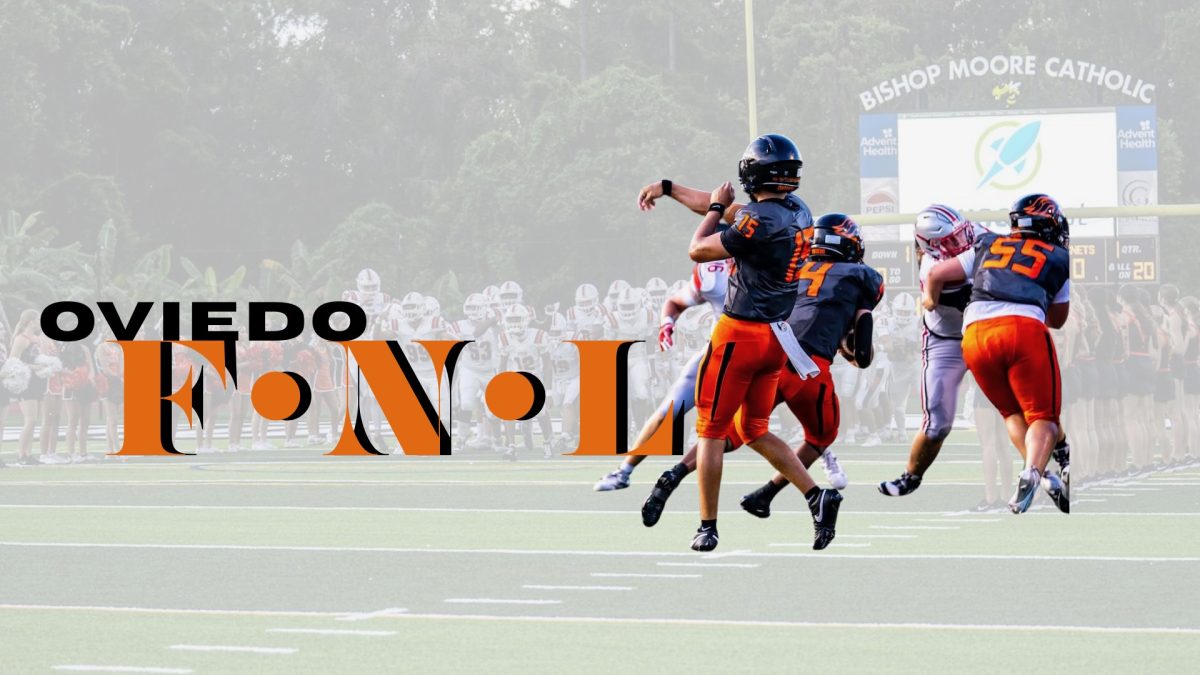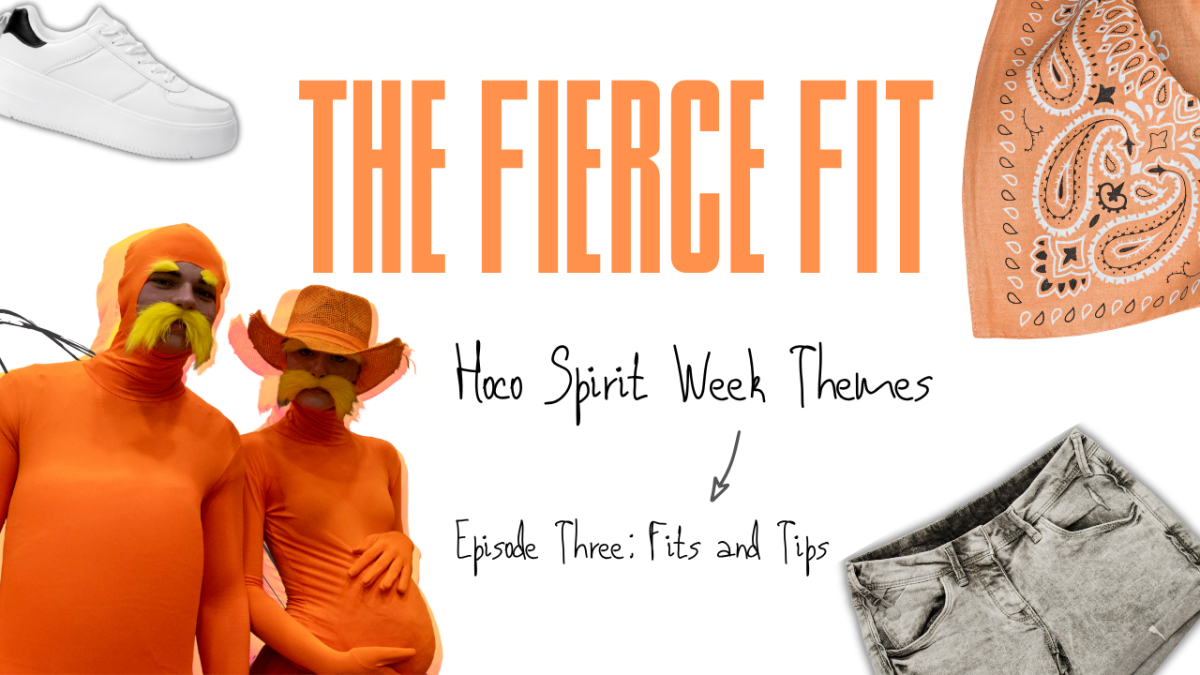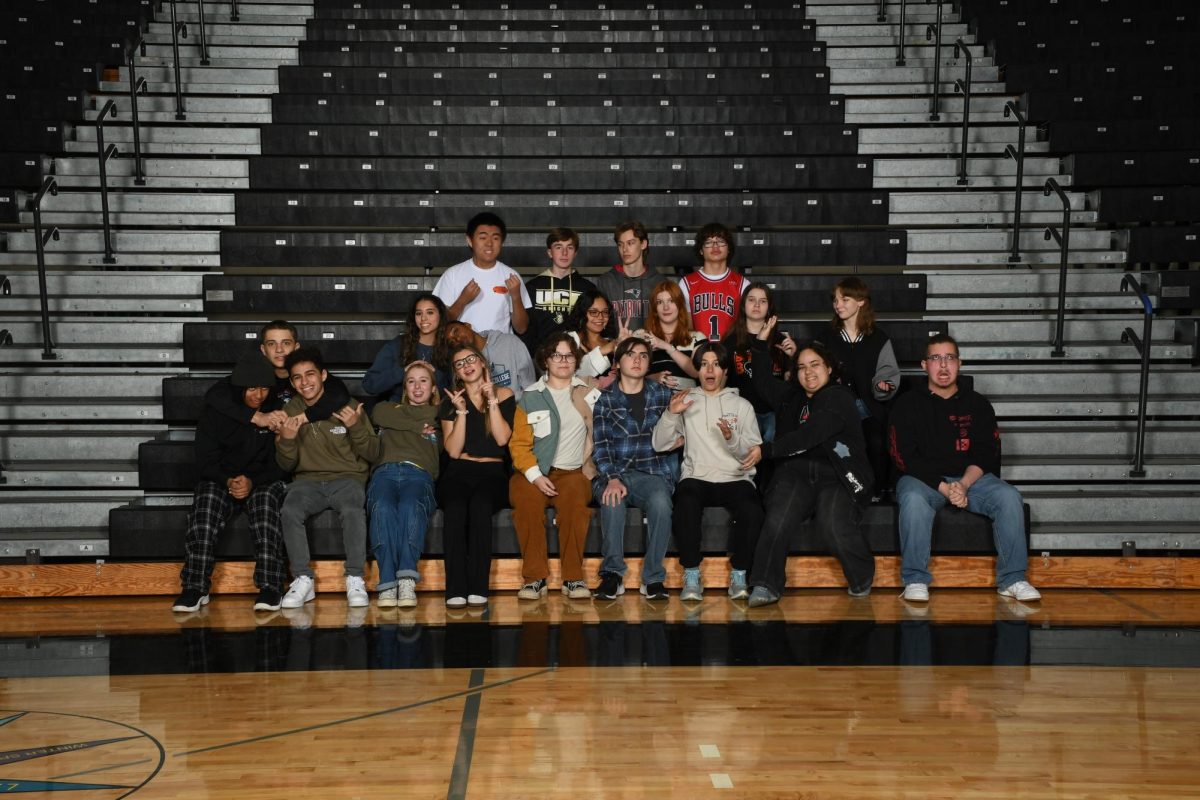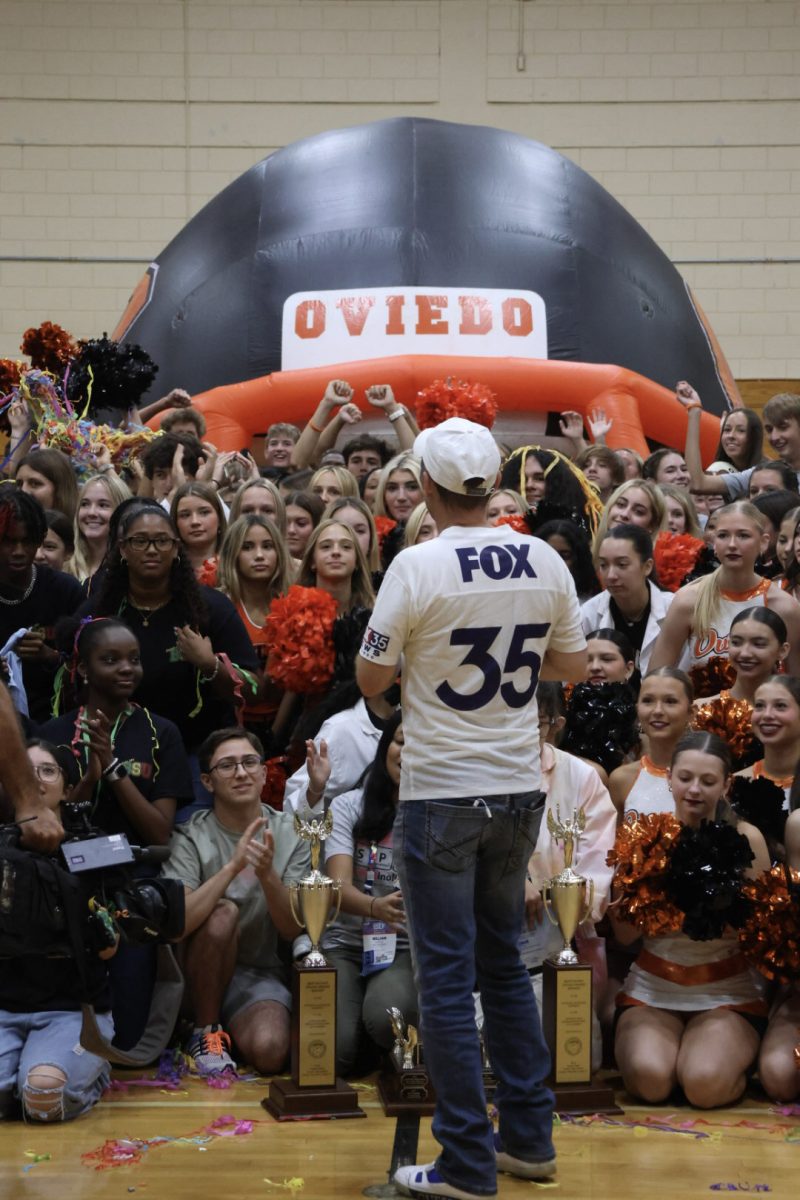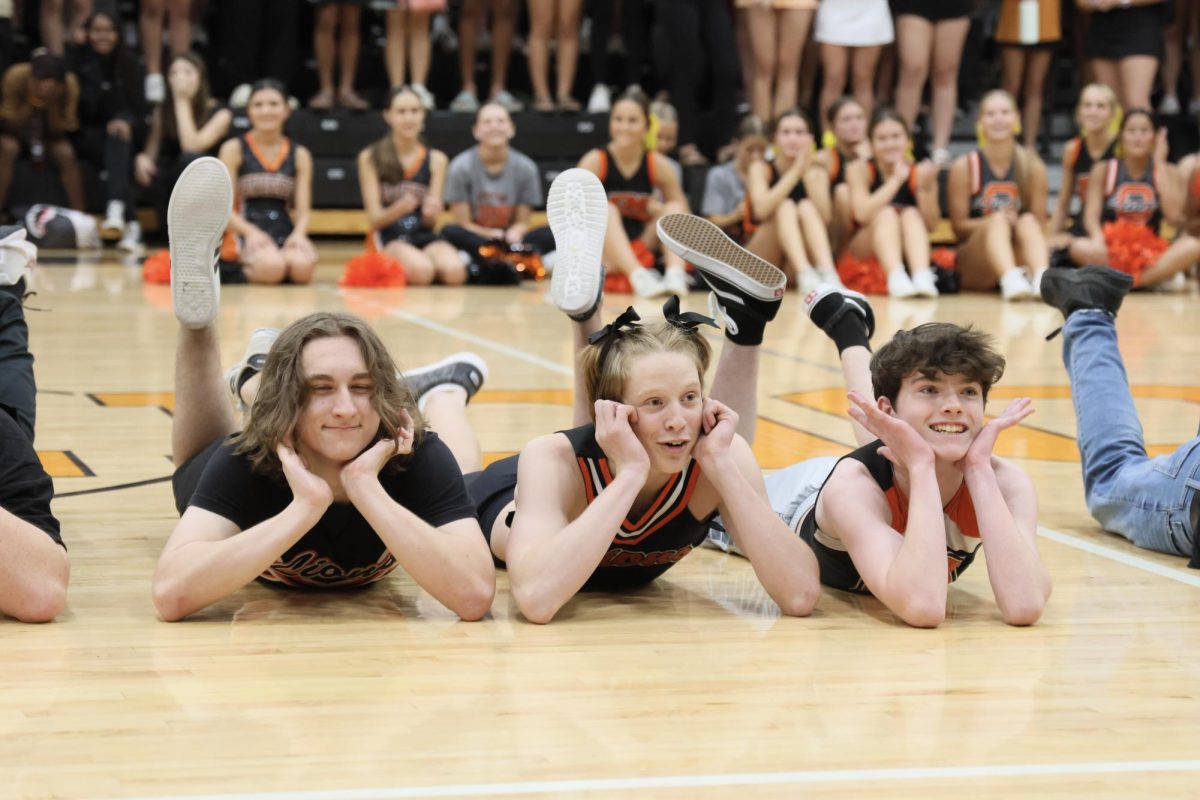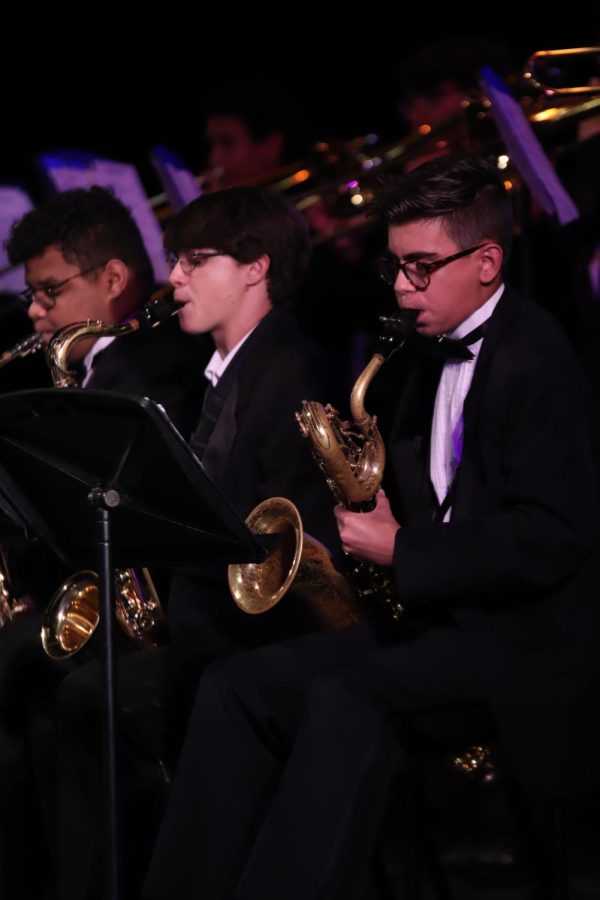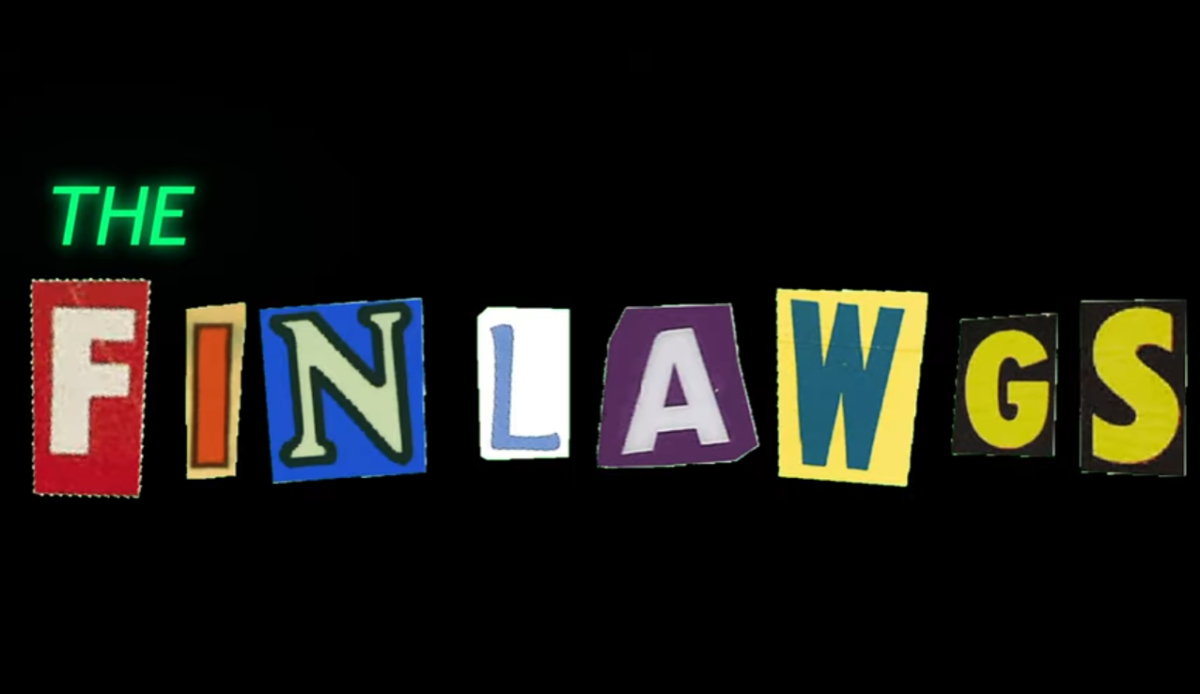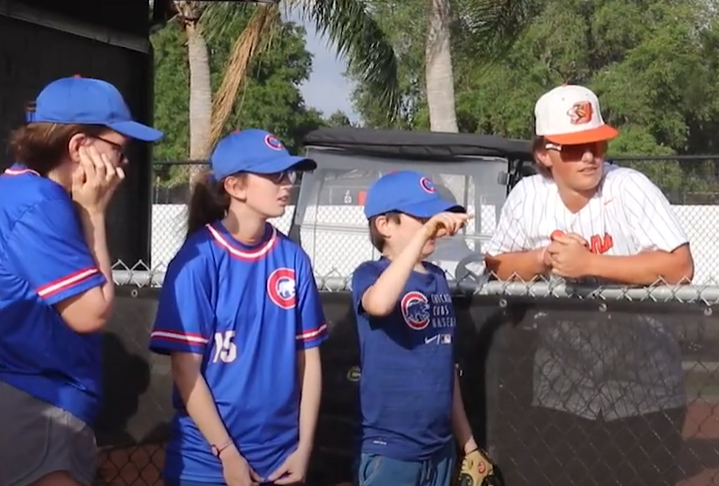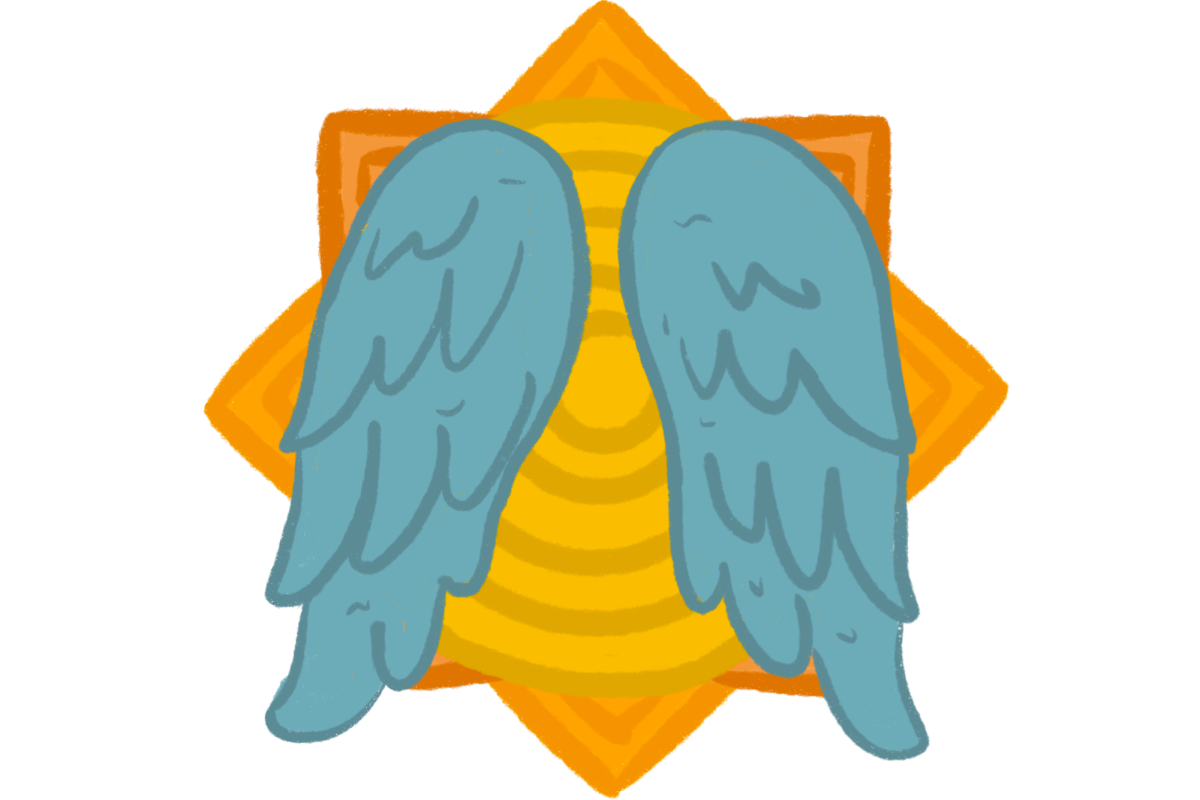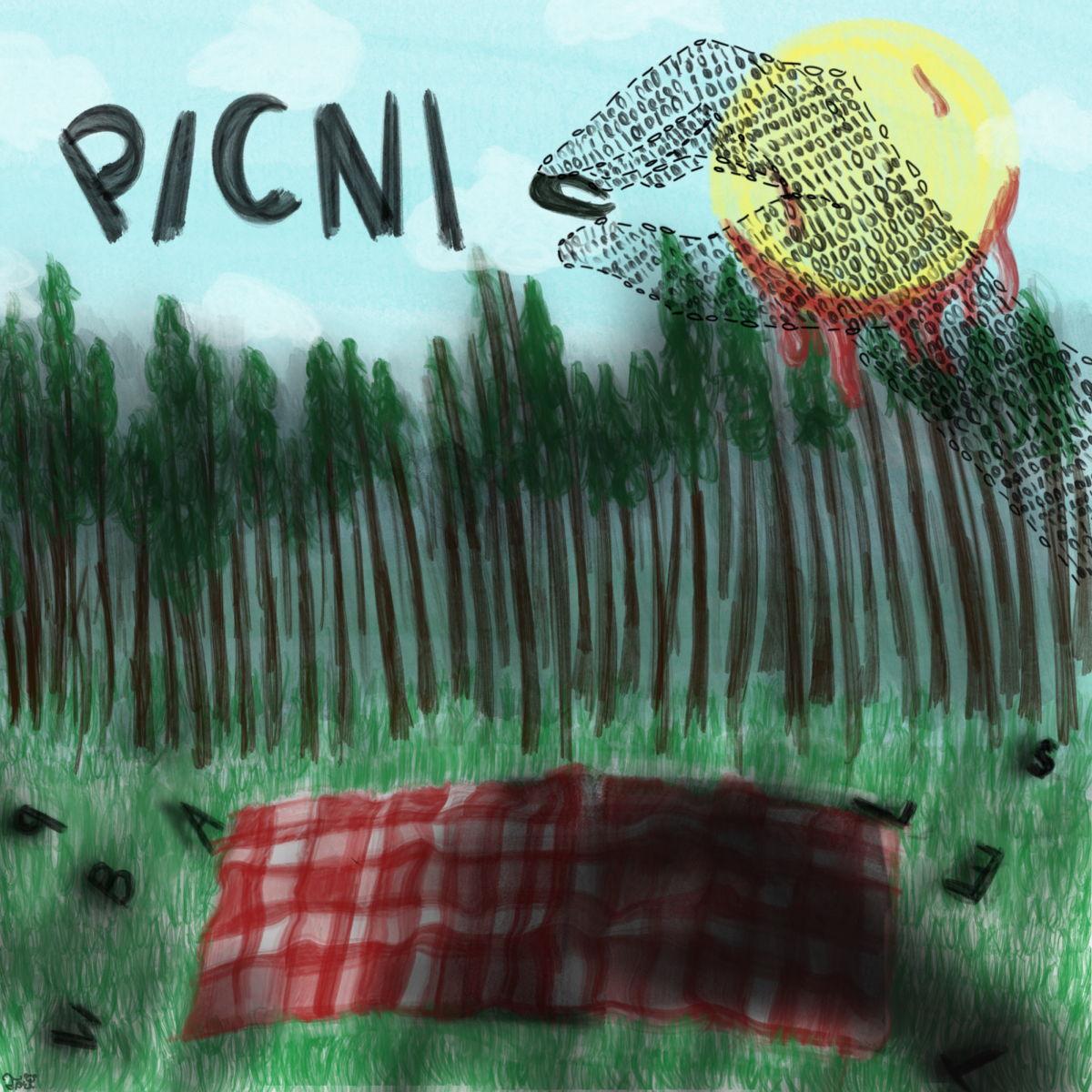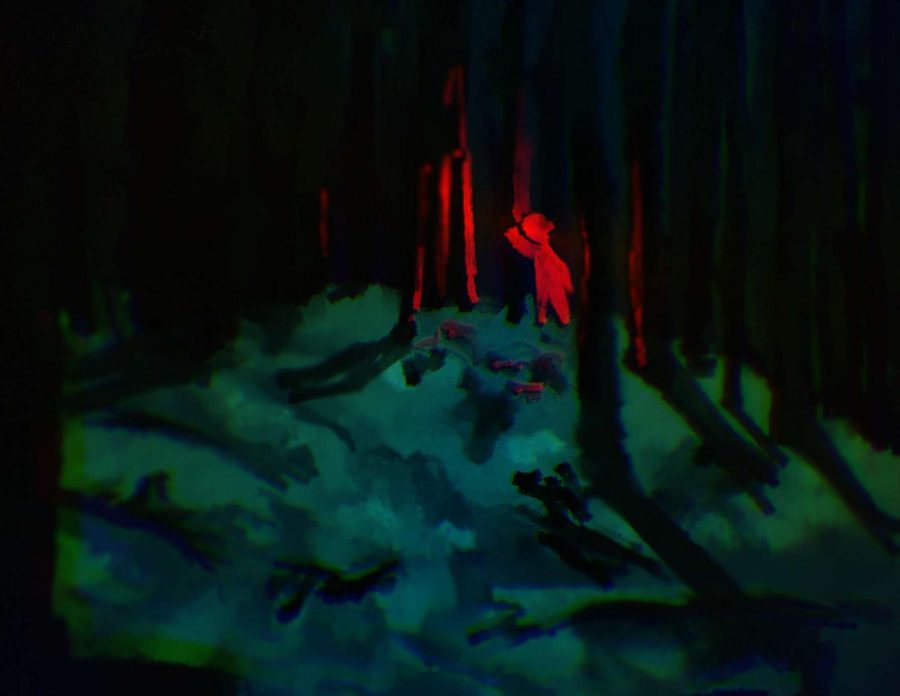Teachers return to a socially distanced school
This story was originally published in the second edition of The Lion’s Tale (November 6, 2020).
Since March, students all over the world have had their schools shut down due to the coronavirus, leading to classes being conducted via multiple software programs such as Webex, Zoom and Google Meet. While this new arrangement has required adaptation from students, it has posed difficult challenges for teachers in particular.
In many cases, these individuals are being forced to juggle between teaching students in online and face to face settings. William Furiosi, AP Biology, chemistry, and experimental science teacher at Oviedo High School (OHS), was required to be quarantined for two weeks due to his exposure to the virus while caring for his mother. Unfortunately, Furiosi was exposed to the virus while taking care of his mother.
“Logistically it was a challenge,” Furiosi said. “The substitute was my eyes and ears, so when the substitute was done with class, my presence was disconnected. It was hard to take attendance as well. Also, I couldn’t go around and help people with topics they were struggling with. Basically, I had to wait for students to ask for help and that was really hard”.
Face-to-face learning often allows for more productive interactions with students, according to Furiosi.
“Face-to-face instruction provides the better development of relationships and the ability to do hands-on learning,” Furiosi said. “Communicating with people is far more weighted on visual cues and body language than speech, so it is hard to relate as well through Connect. Additionally, through face-to-face, I am able to provide live demonstrations or allow students to explore science in the lab in real-time rather than through a video.”
That being said, virtual instruction does Officer Ryan Meyer has joined Oviedo High School (OHS) as a school resource officer. He attended OHS, where he played baseball, and graduated in 2011. Meyer was drafted by the Baltimore Orioles out of high school, but continued his baseball career at the University of Central Florida (UCF). He later graduated from UCF in 2015 and received a bachelor’s degree in criminal justice. Meyer worked for a time for a private security firm before entering the field of law enforcement. His responsibilities at OHS include helping administration with disciplinary situations, acting as a liaison between the school administration and the Oviedo Police Department, and most helping have its advantages.
“On the other hand, Connect allows, in certain circumstances, greater involvement from students,” Furiosi said. “When people might be afraid to provide an answer in person for fear of failure, contributing via chat on Connect seemed much easier for my students. Additionally, technology was much smoother at home because my home setup is far superior than the classroom”.
Similar to Furiosi, Ben Langevin, English 2, Newspaper and Journalism 1 teacher, was also required to quarantine for two weeks. He says he deeply missed those socially-distanced interactions with his students and peers.
“I think Seminole Connect works really well for flexibility for students and as a way to keep students safe and engaged when they are quarantining, but man, do I miss my students? Absolutely.” Langevin said.
Langevin also added his opinion on virtual school.
“Virtual learning works wonderfully for some, and it’s the safest option we have in terms of COVID, but once a safe vaccine hits the market and the rise of cases dwindles down, brick and mortar education is still king, I hope,” Langevin said.
Langevin also expressed his feelings on the different social and environmental impacts of this style of learning.
“I like the flexibility it gives students,” Langevin said. “Think of how much money we would all save on gas? Think of the environmental impact? Virtual wins the day on those issues, no doubt.”
Deanna Ferrante, 9th and 10th grade English teacher, found that her pet allowed her to bond with students while teaching virtually.
“Students often got a glimpse of my dog, Comet, when he would wander up to my desk during class and inevitably bark or distract us in some way that would make us laugh,” Ferrante said. “Usually, it led to students holding up their own pets on their webcams and the whole class pausing to reflect on all the cute animals we could spot on our screens. I feel like moments like those helped us bond, even though we weren’t all sitting in the same room”
Ferrante was told she had to return to campus due to some of her students making the switch to face-to-face for the second quarter. Her feelings about hybrid learning still remain the same, and she says that she would consider doing it again.
“I would definitely consider returning to virtual teaching,” Ferrante said. “I would hope that every teacher would if the spread of the virus continues to get worse in our district. I know Seminole Connect has its own challenges for teachers, as well as students, but it provided me with the ability to adapt to my students’ needs in a safe environment. Oviedo High School has done a great job of keeping students safe, but this virus is unpredictable.”
She went on to emphasize that the health of students and teachers should be the top priority.
“I think everyone–the country, the state, the school district, and our high school–needs to put the safety of teachers and students above everything else,” Ferrante said. “My greatest fear this year is that we will act too late to take the necessary steps to protect our students and teachers and it will cost lives” Ferrante said.
Your donation will support the student journalists of Oviedo High School. Your contribution will allow us to purchase equipment and cover our annual website hosting and printing costs. Thank you!

